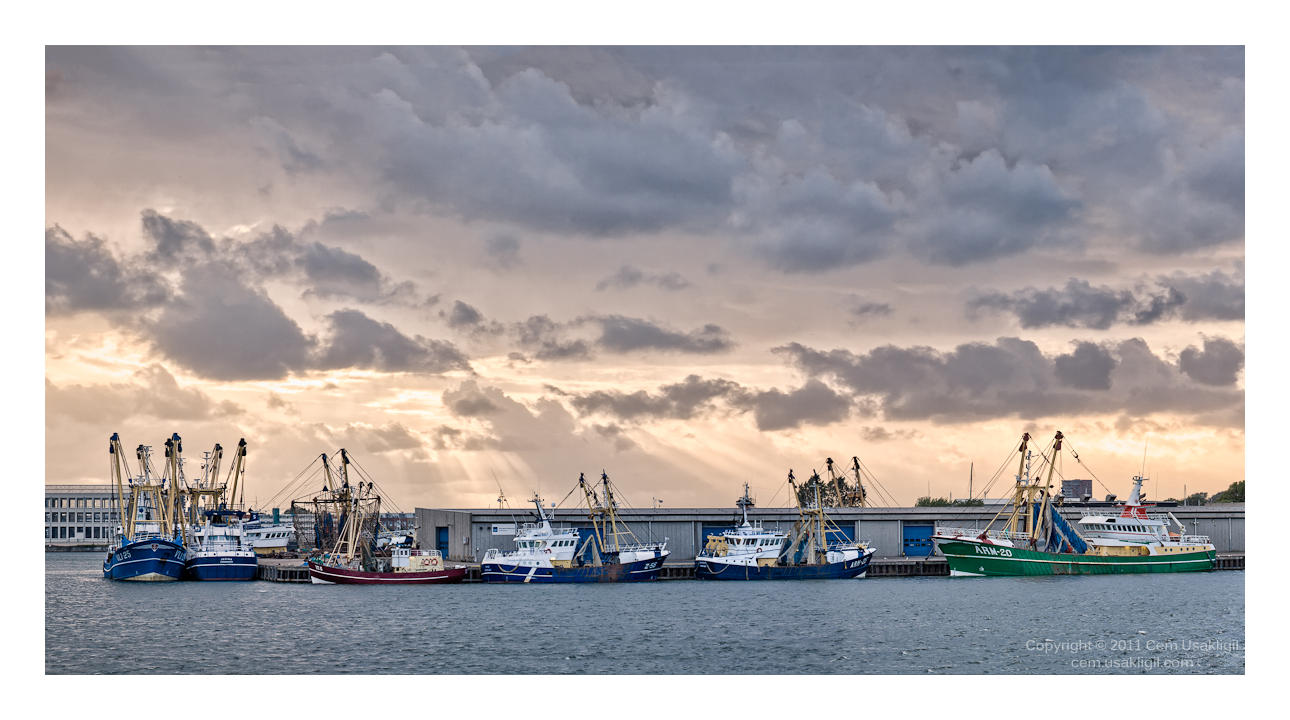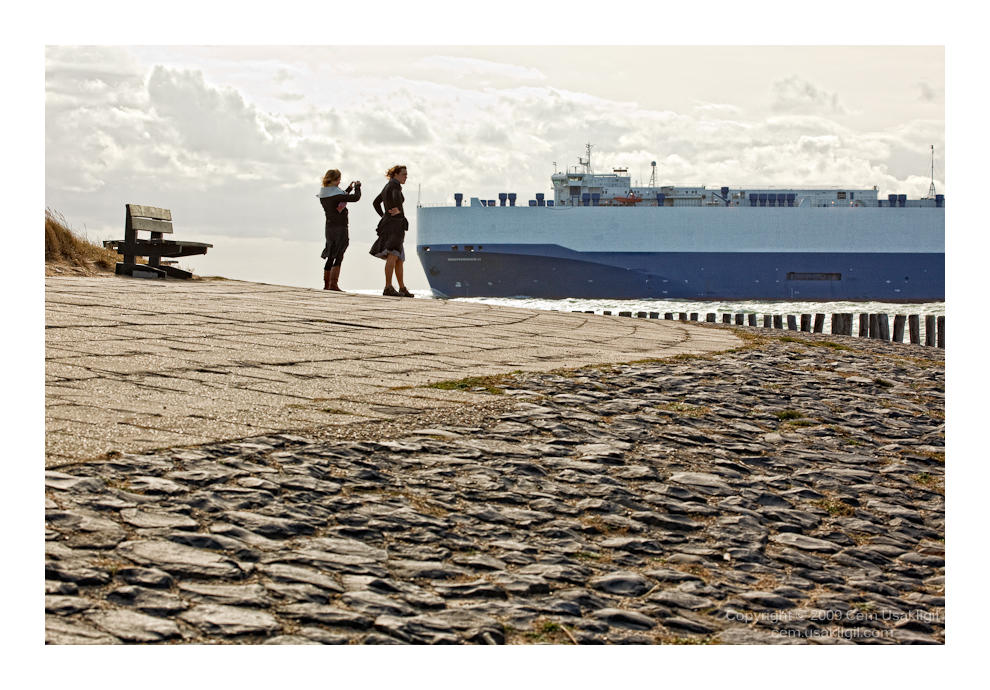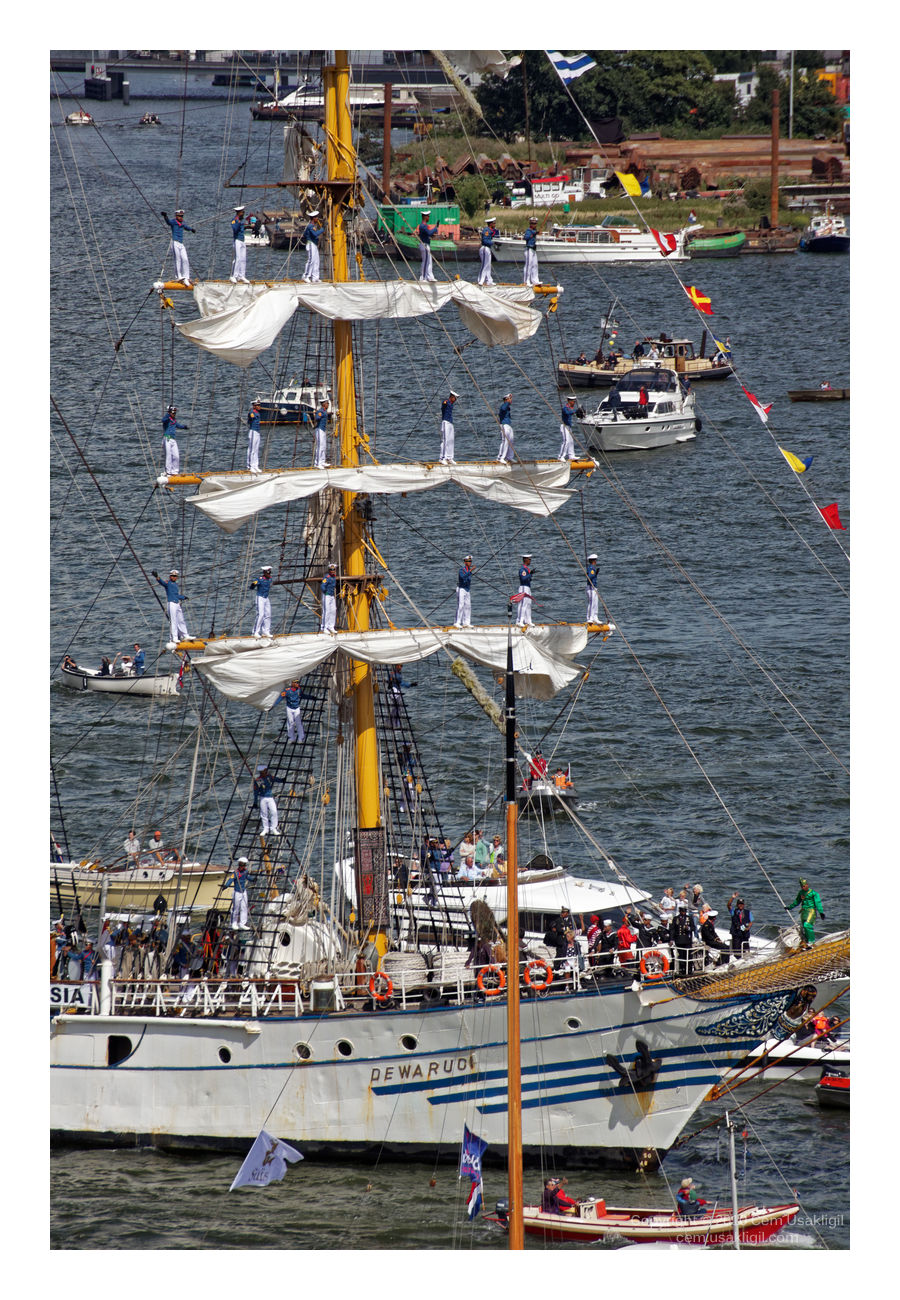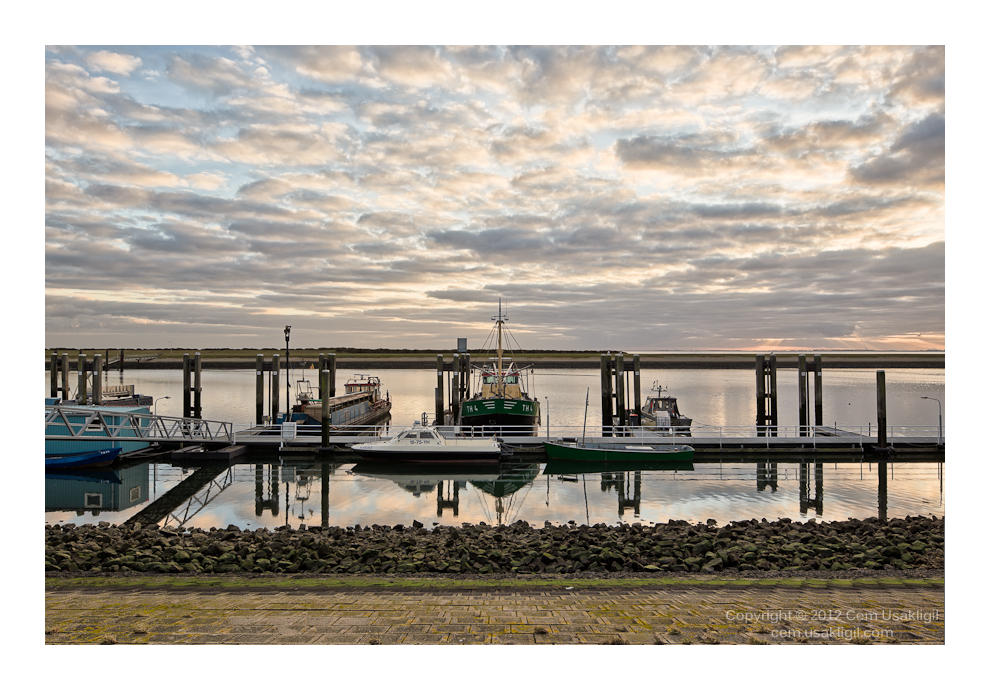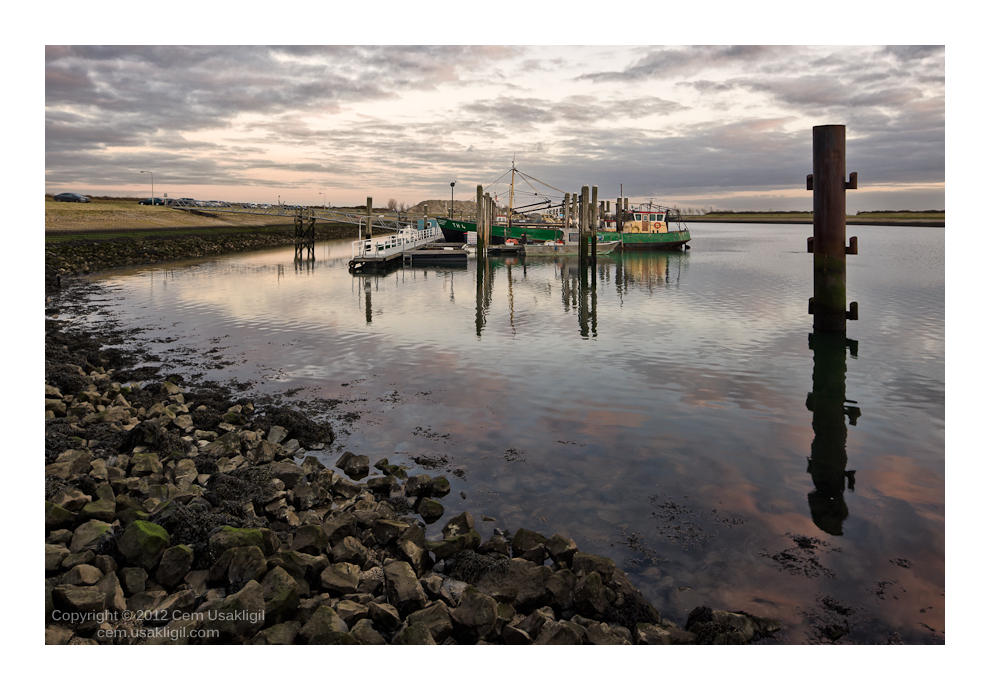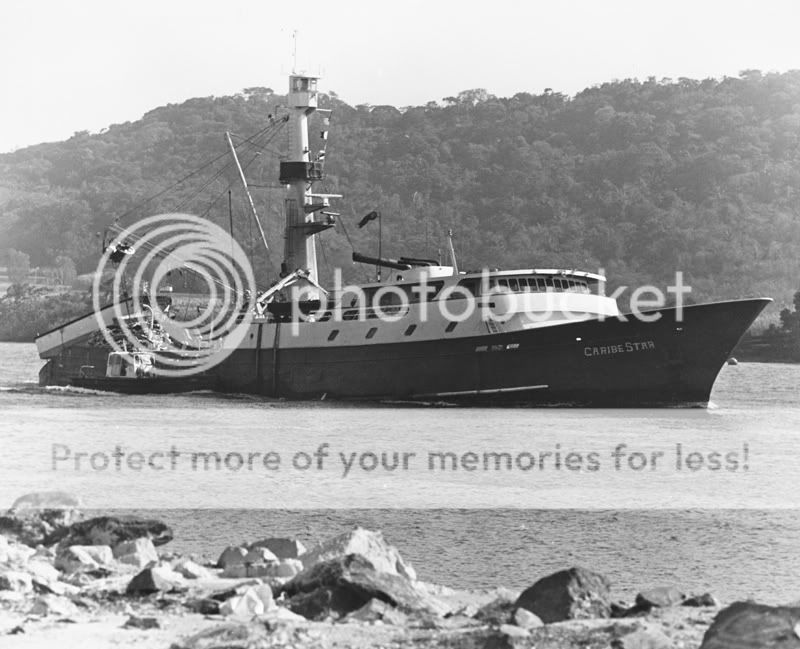Hi Asher,
Good question. A part of the answer is that SNS-HDR (which is what Cem uses) doesn't do a traditional HDR composite and then tonemap. Compositing an HDR is done by getting the individual exposure brackets into perfect registration/alignment and then picking weighted averages of the pixels from each bracket to compute the new pixel value. The calculation is more complex than that, but that's a major part of it and it indeed can average out movement of waves photographed at different moments in their cycles.
A better sort of HDR compositing calculates (after exposure matching) e.g. the standard deviation of the different pixels that contribute to the new pixel, and if it exceeds a (noise) threshold it assumes movement/ghosting to be present. That can trigger a variety of mechanisms, the simplest of which are using a single exposure from the series, or a median value approach.
SNS-HDR uses a system of exposure fusion rather than HDR compositing, which could be implemented by using larger regions from individual images, presumably the exposures with longer exposure time and thus less noise for that region.
Finally, having created an image with a much larger dynamic range, it has to be tonemapped (to avoid a low contrast/dull image) which is where the real creative magic happens, but at that point the waves are already kept intact, or not.


